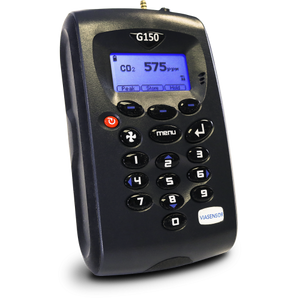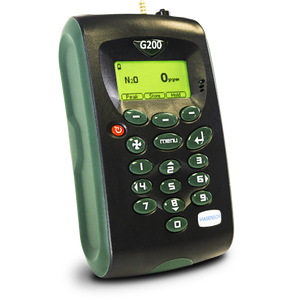News
AI and High-Tech Sensors Revolutionize Detection: Lessons for Medical Monitoring

Here’s a story that resonates far beyond energy, reaching into the world of medical technology. Researchers tackling the hidden hazards of abandoned oil and gas wells are turning to artificial intelligence and cutting-edge sensors.
Across the United States, hundreds of thousands of undocumented wells may leak methane, benzene, or other toxins. To find them, scientists at Berkeley Lab and partner institutions are using AI to sift through decades of historical USGS maps, then verifying locations on the ground with drones, magnetometers, and low-cost gas sensors.
For medical equipment specialists, the parallels are clear. Just as AI helps detect wells invisible to the naked eye, hospitals and labs rely on intelligent monitoring to catch subtle anomalies in patient health or in sensitive instruments like MRI machines, ventilators, and lab analyzers. Researchers’ approach of combining multiple detection methods like drones for aerial surveys, hyperspectral cameras for chemical plumes, and ground-based magnetic readings, mirrors the layered strategies used in medical diagnostics, where multiple sensors and imaging tools work together to ensure accuracy.
The CATALOG project, a collaboration among Berkeley Lab, Los Alamos, Sandia, and other national labs, demonstrates the value of rapid, scalable, and cost-effective detection methods. For orphaned wells, the focus is measuring methane emissions; in hospitals, it’s ensuring equipment functions optimally to prevent life-threatening errors.
“Whether it’s a buried oil well or a complex medical device, precision and speed matter,” says Sebastien Biraud of Berkeley Lab. “You don’t always need perfect detail—what’s critical is identifying risks quickly and accurately to act.”
As the field of high-tech sensing grows, the innovations developed for energy and environmental safety offer insights that could transform medical monitoring: smarter, faster, and more reliable ways to protect human health—both in the clinic and across our communities.


